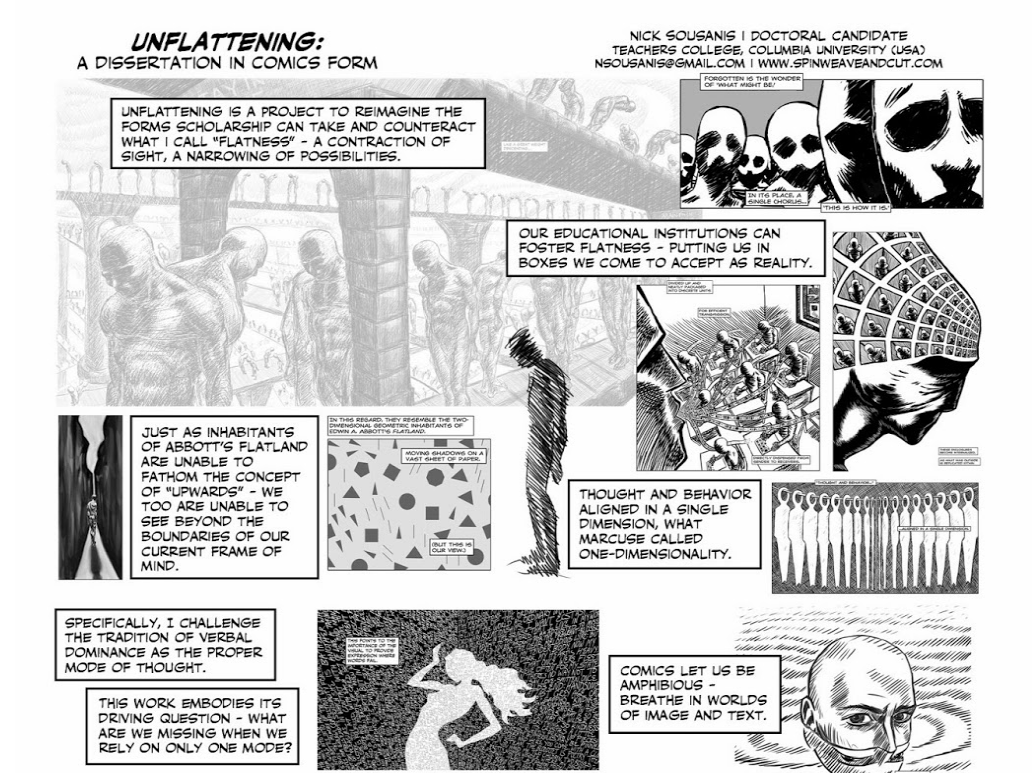When the TV series The Simpsons first premiered on December 17, 1989, the Berlin Wall had just fallen, the internet wasn’t really a thing yet, and Taylor Swift was just four days old. While the show might not have the bite or the currency it had in the mid-90s, the series still manages to deliver some absolutely wonderful moments. Last Halloween, for instance, they did a hilarious extended riff on the works of Stanley Kubrick. But perhaps the best thing they’ve done recently is a tribute to legendary Japanese animator Hayao Miyazaki. You can see the clip above.
The references come thick and fast. There’s Otto, the perpetually stoned bus driver, as the Cat Bus from My Neighbor Totoro. There’s Ralph Wiggum as the sentient fish Ponyo. There’s Patty and Selma as Kiki the Witch from Kiki’s Delivery Service. And, at the end of the segment, the Kwik-E-Mart sprouts legs and walks off like the titular building in Howl’s Moving Castle. A distressed Abu exclaims, “I’m ruined by whimsy!” The segment even departs from the show’s usual manic irreverence and takes on the melancholy wonder of Miyazaki’s movies.
Unless you have an unusually quick eye and a thorough understanding of the worlds of Miyazaki, you will probably need to watch this more than a couple of times. Fortunately, the folks over at Slate have unpacked and annotated the segment for you. You can watch it below.
Related Content:
How to Make Instant Ramen Compliments of Japanese Animation Director Hayao Miyazaki
Before The Simpsons, Matt Groening Illustrated a “Student’s Guide” for Apple Computers (1989)
Watch The Simpsons’ Halloween Parody of Kubrick’s A Clockwork Orange and The Shining
Jonathan Crow is a Los Angeles-based writer and filmmaker whose work has appeared in Yahoo!, The Hollywood Reporter, and other publications. You can follow him at @jonccrow. And check out his blog Veeptopus, featuring lots of pictures of vice presidents with octopuses on their heads. The Veeptopus store is here.







